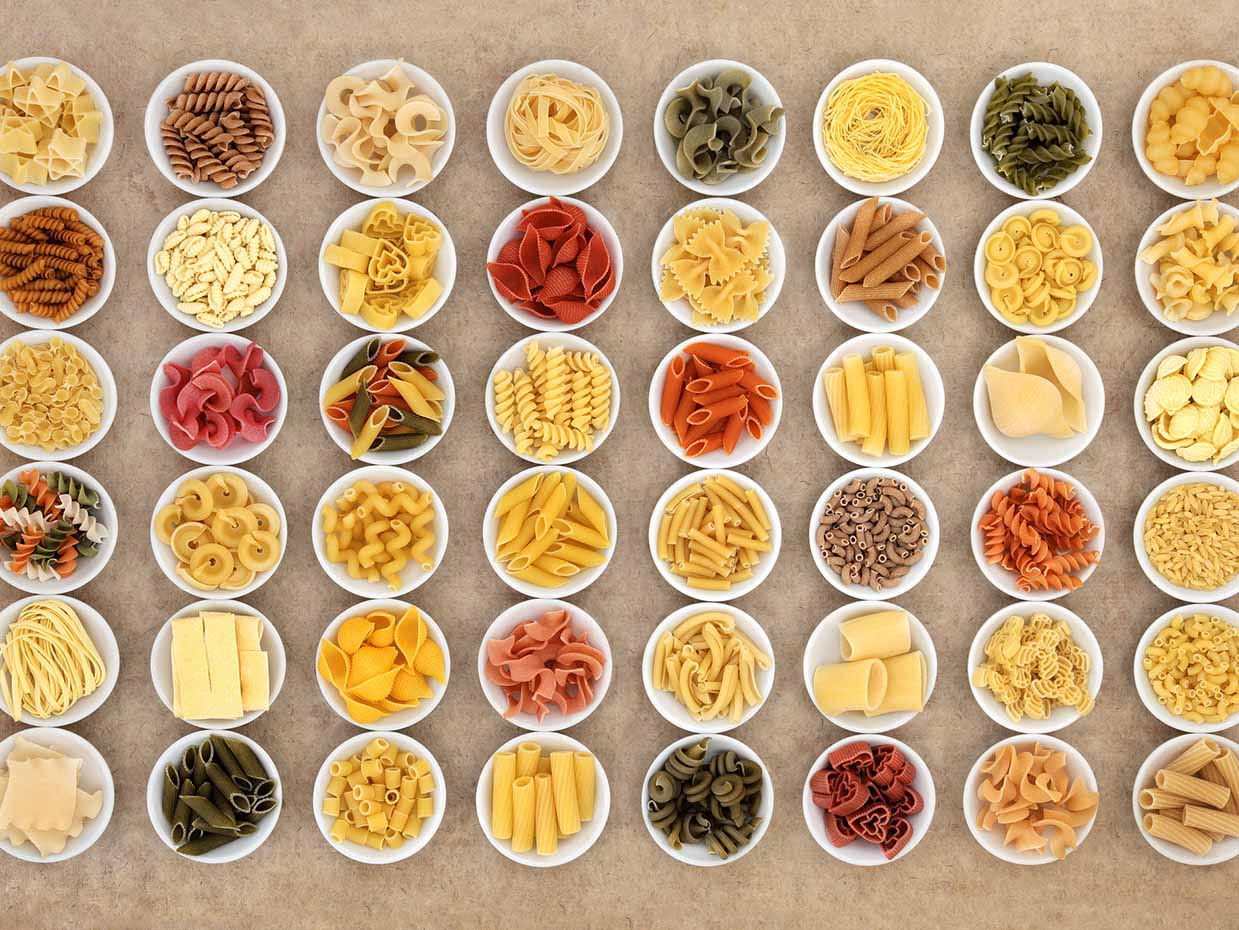Families For Life | Movement: Preschoolers

DID YOU KNOW?
Playing with pasta pieces, especially macaroni, can be an excellent way to boost your child's acquisition of fine motor skills!
READ MORE

Your pre-schooler is full of energy and keen to put all physical abilities to the test. Here are some fun play ideas to keep your pre-schooler moving – and learning at the same time.
Daily movement for pre-schoolers: why it’s important
Movement is important for your child’s learning, health and well-being.
Daily movement helps your child build muscles and practise physical skills. Her confidence will grow as she climbs higher, runs faster and jumps further.
Play is one of the main ways that children learn and develop, so everyday play is the best way to get your pre-schooler moving and keep her active.
Active play can range from running and jumping to quieter activities like putting toys away, helping with everyday household tasks and going for a walk.
What to expect: pre-schoolers and movement
Children of this age generally enjoy being active. But every pre-schooler is unique, and what your child can do depends a bit on his past experiences and opportunities.
At 3-4 years, your pre-schooler will probably:
start to dress independently
use scissors quite well
ride a tricycle by four years and start trying to ride a bicycle, with training wheels and a helmet
jump over small objects and swing independently on the swing
walk up and down stairs without using a hand rail
be more coordinated – for example, kick a ball using her right or left leg.
be able to stand on one foot (both right and left).
At five years, your pre-schooler is more coordinated and stronger. You might find your child can:
hop well on both his left and right foot
learn to skip
dress himself without your help
learn to tie shoe laces
throw, hit a ball with a bat or racquet, and bounce and catch a ball.
At this age, your pre-schooler might also want to play organised games with simple rules – like catching or monkey in the middle – with other children.
Small bumps and falls are common as your child pushes physical skills to the limit. This is a normal part of how children learn and develop.
Play ideas to get your pre-schooler moving
Here are some play ideas to develop your preschooler’s movement skills – and have fun together! You can also let your child lead some of these play activities:
Give your pre-schooler some child-friendly sports equipment, like balls, bats, small beanbags and tunnels to crawl through.
Borrow or buy a bicycle with training wheels – about four years is a good age for this.
Make time for outdoor play together – this could be at a park or a playground, in the backyard, on a beach or at a football ground.
Listen to music that your child might like to dance to. You can also learn or make up actions to the songs together.
Try to limit your pre-schooler’s screen time. Screens include television, computers, tablets and other electronic games and devices. The latest guidelines from the American Academy of Pediatrics say that children aged 2-5 years should have no more one hour a day of screen time with adults watching or playing with them.
It’s also worth thinking about how much time your pre-schooler spends sitting still – for example, in a car seat. This should be no more than one hour at a time.
If your child doesn’t seem interested in interacting with other children or is mostly inactive, it’s a good idea to talk with your paediatrician or General Practitioner about your child’s development.
© raisingchildren.net.au, translated and adapted with permission
Explore more